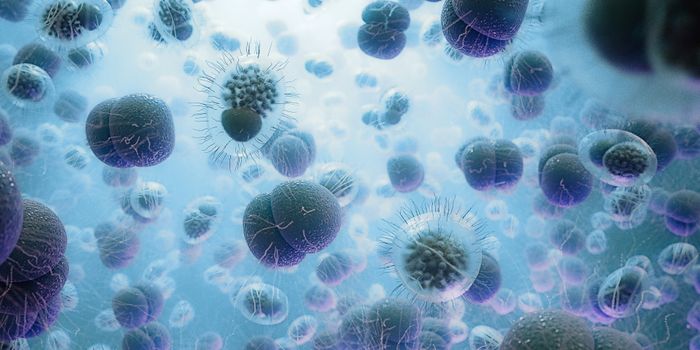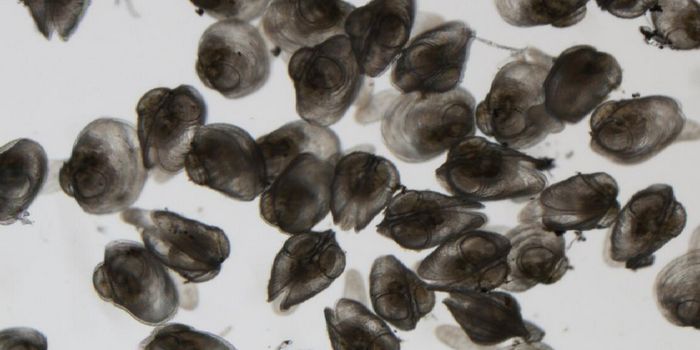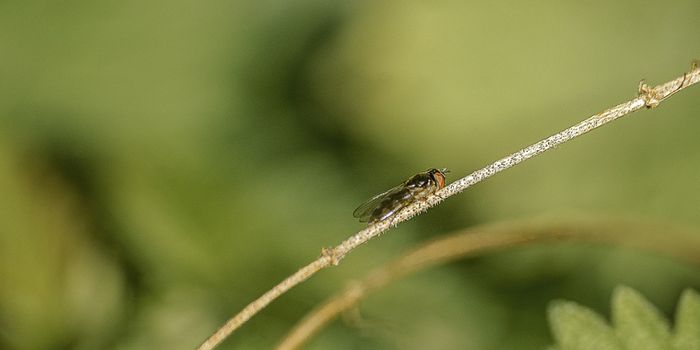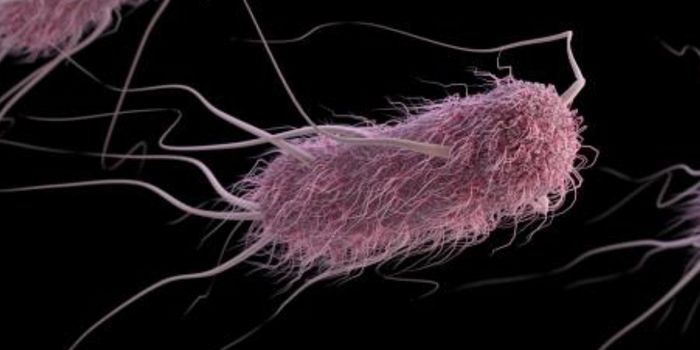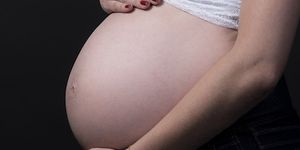Assessing the Germs on Airplanes
Have you ever wondered about the germs on an airplane? Researchers at Georgia Institute of Technology and Emory University wanted to learn more about the bacterial community that inhabits aircraft cabins - the plane microbiome. They found that contrary to some beliefs about the dire state of airplane air, the microbiome found there is similar to the ones found in offices and homes. The bacteria on planes is like what's commonly found on people. Their findings have been reported in Microbial Ecology and are described in the video.
The investigators applied genetic sequencing technology to swabs of tray tables, seatbelt buckles, and bathroom door handles in airplanes before and after transcontinental flights. They also sampled the air of the cabin in-flight. Their findings don’t make for scary headlines.
"Airline passengers should not be frightened by sensational stories about germs on a plane," said study co-author Vicki Stover Hertzberg, a professor in Emory University's Nell Hodgson Woodruff School of Nursing. "They should recognize that microbes are everywhere and that an airplane is no better and no worse than an office building, a subway car, home or a classroom. These environments all have microbiomes that look like places occupied by people."
Transcontinental flights expose people to a dry mix of recycled, filtered cabin air and outdoor air. There are hundreds of passengers in close proximity, and the scientists weren’t sure what they would find.
"There were reasons to believe that the communities of bacteria in an aircraft cabin might be different from those in other parts of the built environment, so it surprised me that what we found was very similar to what other researchers have found in homes and offices," said corresponding author of the work, Howard Weiss, a professor in Georgia Tech's School of Mathematics. "What we found was bacterial communities that were mostly derived from human skin, the human mouth - and some environmental bacteria."
Similar to research other groups have done with passenger trains, there was significant variation in the bacterial composition of the microbiomes of individual flights. There were consistencies as well.
"We identified a core airplane microbiome - the genera that were present in every sample we studied," Weiss noted. The core microbiome included genera Propionibacterium, Burkholderia, Staphylococcus, and Strepococcus (oralis).
Weiss still recommends taking precautions to avoid infections. "I carry a bottle of hand sanitizer in my computer bag whenever I travel," said Weiss. "It's a good practice to wash or sanitize your hands, avoid touching your face, and get a flu shot every year."
This research could help improve conditions on planes, which apparently aren't that terrible. "The finding that airplanes have their own unique microbiome should not be totally surprising since we have been exploring the unique microbiome of everything from humans to spacecraft to salt ponds in Australia. The study does have important implications for industrial cleaning and sterilization standards for airplanes," said Christopher Dupont, another co-author and an associate professor in the Microbial and Environmental Genomics Department at the J. Craig Venter Institute, which provided bioinformatics analysis of the study's data.
The researchers also want to assess the microbiomes of airports, with a focus on plane boarding areas. They also want to investigate the microbiome of long-haul international flights, where people spend more time onboard and do more ambulating.
Previous findings from this research, which was part of the FlyHealthy™ Study, found that influenza does not tend to infect people seated more than one row away from an affected individual.
Sources: AAAS/Eurekalert! Via Georgia Institute of Technology, Microbial Ecology




